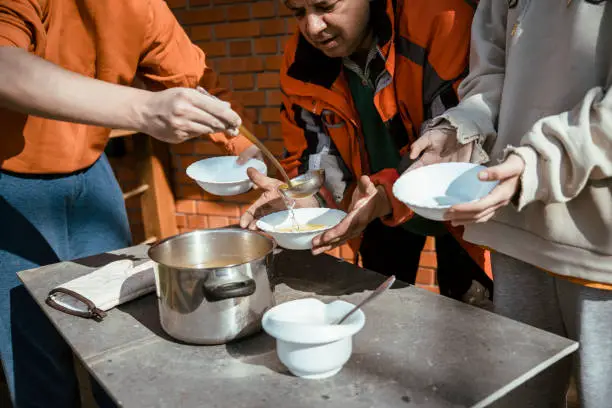Community Financial Domestic Assistance: A Comprehensive Guide.
Financial assistance programs play an essential role in community development, especially at the domestic level. These programs offer resources for individuals and families to maintain financial stability.
The key elements of these programs often focus on income support, education, housing, and health care.
Understanding the Concept of Community Financial Domestic Assistance
Community financial domestic assistance can be described as funds made available by various organizations – often governmental or non-profit – to support local communities. These types of assistance typically focus on poverty alleviation, affordable housing, educational opportunities, and healthcare, aiming to build a stronger and more sustainable community.
The Department of Health and Human Services (HHS), Department of Housing and Urban Development (HUD), and the Department of Education are just a few examples of federal bodies that provide community financial domestic assistance.
An Overview of Community Financial Domestic Assistance Programs
Let’s delve into some practical examples of community financial domestic assistance programs:
1. Affordable Housing Programs
One of the most impactful programs in community financial domestic assistance is affordable housing. These programs, often sponsored by the HUD, aim to provide affordable rental housing for low-income families, the elderly, and people with disabilities.
For instance, the ‘Section 8 Housing Choice Voucher’ program offers rental assistance that allows private landlords to rent apartments and homes at fair market rates to qualified low-income tenants.
2. Education Funding Programs
Education funding plays a significant role in alleviating poverty and enhancing community development. The Department of Education provides various grants to support education at all levels.
A key example is the ‘Pell Grant’, which provides financial aid to undergraduate students who have not earned a bachelor’s or professional degree. Unlike a loan, a Pell Grant does not need to be repaid.
3. Healthcare Assistance Programs
Healthcare is another crucial sector that often receives financial assistance. The Department of Health and Human Services provides various programs to help low-income individuals and families access healthcare services.
‘Medicaid’, a joint federal and state program, assists with medical costs for individuals with limited income and resources. It also provides benefits not typically covered by Medicare, such as nursing home care and personal care services.
4. Poverty Alleviation Programs
The aim of poverty alleviation programs is to increase the self-sufficiency of individuals and families. The Supplemental Nutrition Assistance Program (SNAP) is one such program.
Administered by the Department of Agriculture, SNAP provides benefits to eligible low-income individuals and families via an Electronic Benefits Transfer card, which can be used like a debit card to buy eligible food in authorized retail food stores.
5. Social Services Programs
There are also financial assistance programs focused on providing social services. The Temporary Assistance for Needy Families (TANF) is a federal program that provides financial assistance to pregnant women and families with dependent children. It aims to help these families achieve self-sufficiency through a combination of job preparation, work, and marriage.
The Impact of Community Financial Domestic Assistance
Community financial domestic assistance programs play a vital role in improving the quality of life for many individuals and families. By addressing the fundamental needs of housing, education, healthcare, and basic sustenance, these programs offer individuals and families the chance to better their circumstances, build stronger communities, and ultimately contribute to the overall economic strength of the nation.
Furthermore, these programs are particularly crucial during economic downturns and crises, providing a safety net for those most vulnerable.
How to Apply?
The process of applying for financial assistance depends on the specific program. However, most require you to complete an application form and provide documentation to prove eligibility. It’s advisable to visit the official website of the specific program or contact local representatives for detailed instructions and guidance on the application process.
Conclusion
Community assistance is a vital resource that helps improve the lives of many individuals and families. By offering support in housing, education, healthcare, and basic sustenance, these programs contribute to community development and nation-building. They offer a lifeline to those in need, especially during challenging economic times, and can help bridge the gap between hardship and self-sufficiency.
Remember, the aid is there to be utilized. It’s essential to understand what’s available, to whom, and how to access it. In doing so, we can help ensure a fairer, more equitable society for all.




